By: CommonGround Nebraska Volunteer Jordan Classen
As I wind down with farmers markets and look forward to winter settling over the farm, a special kind of peace comes with the season’s quiet. But for those of us who raise livestock, there’s also a lot of work to do—especially when it comes to caring for our animals. On our farm, we have a cattle operation and a flock of laying hens. Here’s a look at some winter realities of farm life, focusing on these two vital production areas.
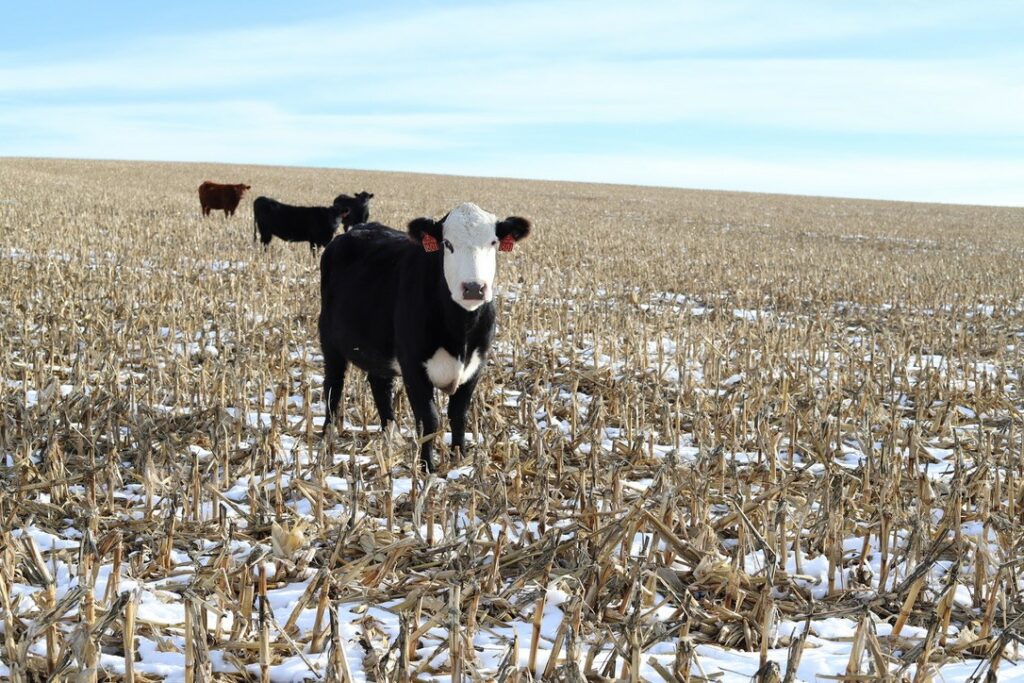
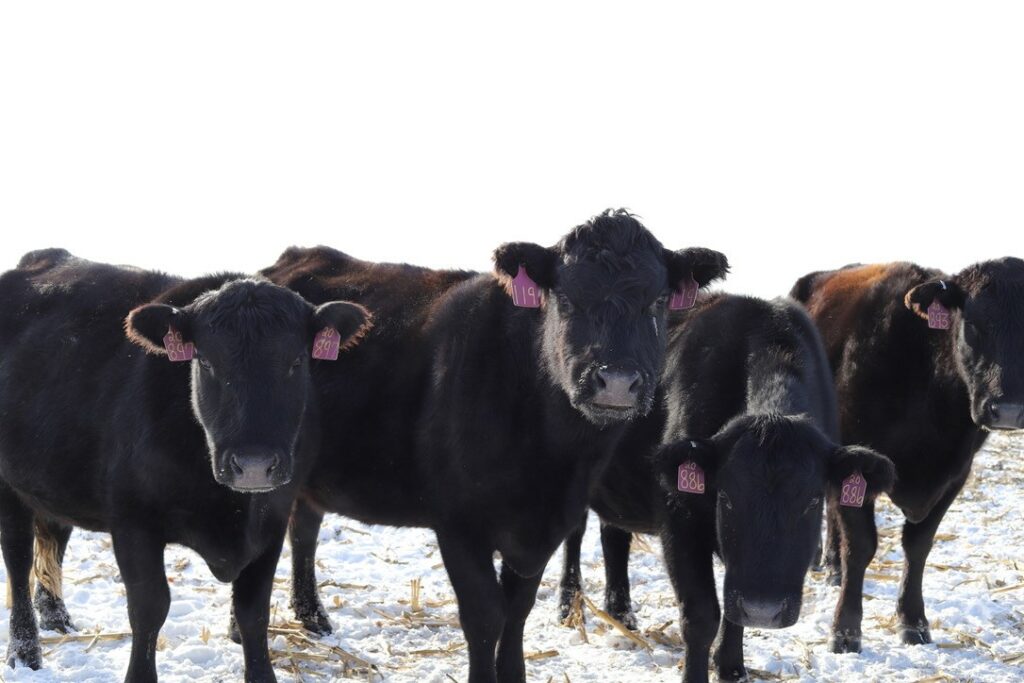
Cow-Calf Production in Winter
The winter months also present unique challenges for cow-calf producers. Pregnant cows and newborn calves need extra attention during colder weather. Cows, particularly pregnant ones, may require higher-energy feed to help them maintain body condition through the winter. Hay, silage and quality feed should be readily available, as cows need extra nutrition in preparation for calving. For us, calving starts in mid-January and extends into early April, so we are done in time to get in the field to plant row crops.
For calves, the first few days of life are critical. Ensuring they are born in a protected, dry area can help prevent hypothermia, a dangerous concern when temperatures drop. Colostrum – the first milk a mother produces – is vital for the health and immunity of the calf. Newborns must get this within the first few hours of life to stay healthy.
In winter, managing water sources is also a priority. Frozen water tanks or troughs can lead to dehydration, so it’s important to have heated watering systems or frequent checks to ensure the cows and calves have access to fresh, unfrozen water. When checking water sources that aren’t heated, this often includes chopping the frozen ice on top to allow for drinking.
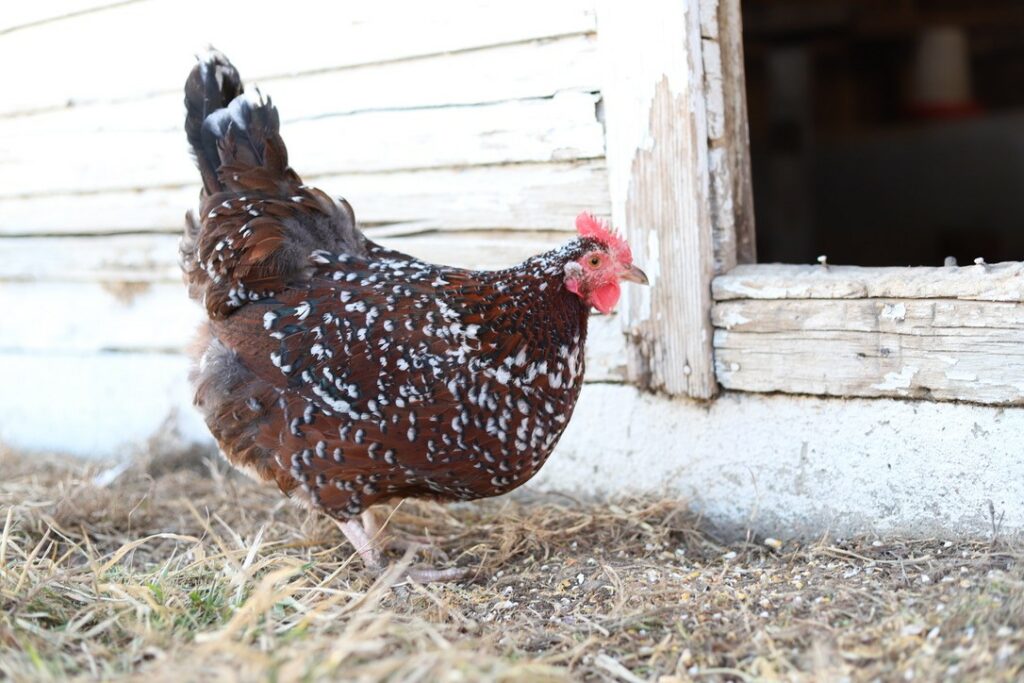
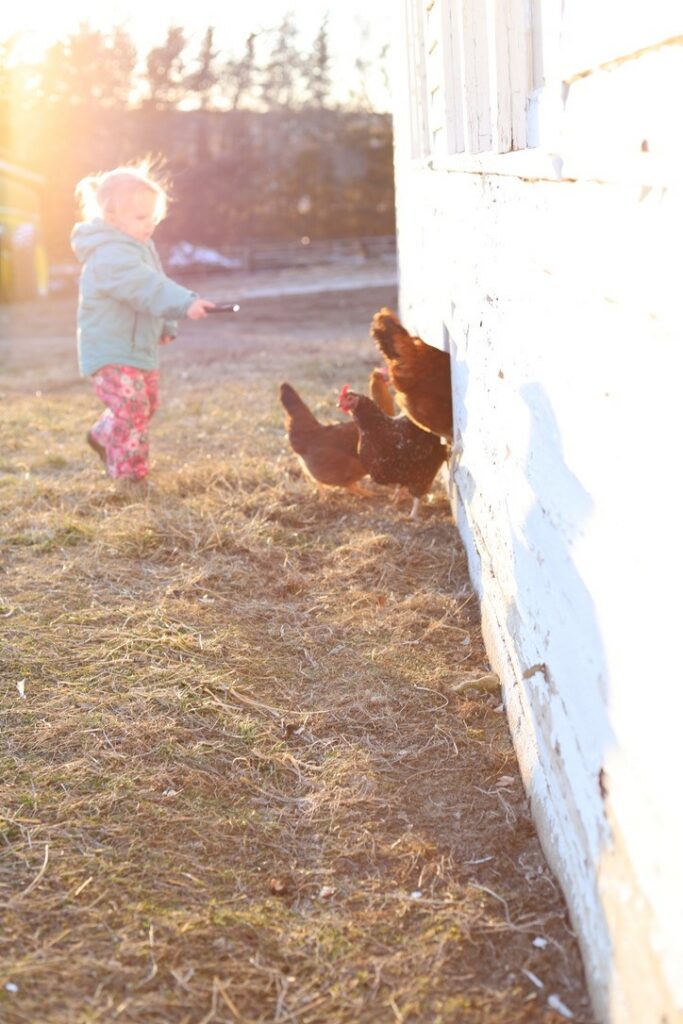
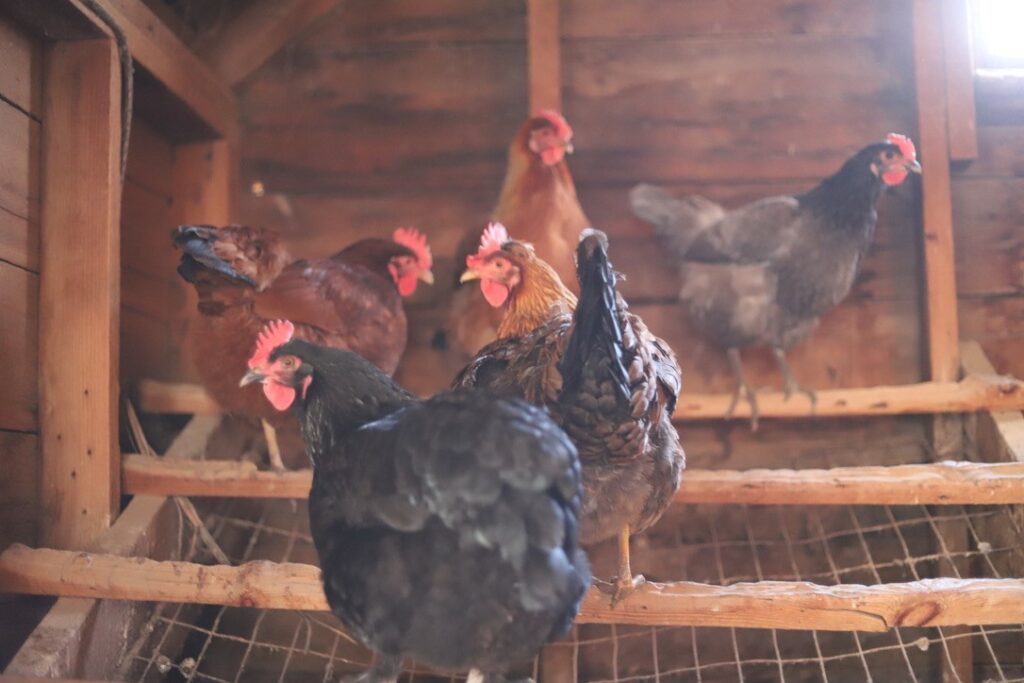
Laying Hen Facts for Winter
As temperatures drop, managing laying hens requires extra attention. Hens can still produce eggs during the colder months, but their productivity tends to decrease as daylight shortens. Chickens need at least 14-16 hours of light to maintain optimal egg production, so many farmers use supplemental lighting to extend their day. This helps hens stay on schedule, ensuring a steady supply of eggs even in the dead of winter. We do not add additional light sources to our chicken coop as we do not have electricity but rather try to allow our chickens to graze freely as conditions allow.
Another consideration is keeping the hens warm. While chickens are surprisingly hardy and can tolerate cold temperatures, drafts and wet conditions can lead to health problems. Providing adequate shelter is crucial. A well-ventilated but draft-free chicken coop is essential for keeping your hens comfortable and healthy. Straw or hay bedding can help insulate the coop and absorb moisture while ensuring that the coop is kept clean and dry is key to preventing issues like frostbite on combs and wattles.
Feed is another critical factor. In winter, hens may eat more to help maintain body temperature. A balanced diet with plenty of protein and calcium will help keep them laying strong, nutritious eggs.
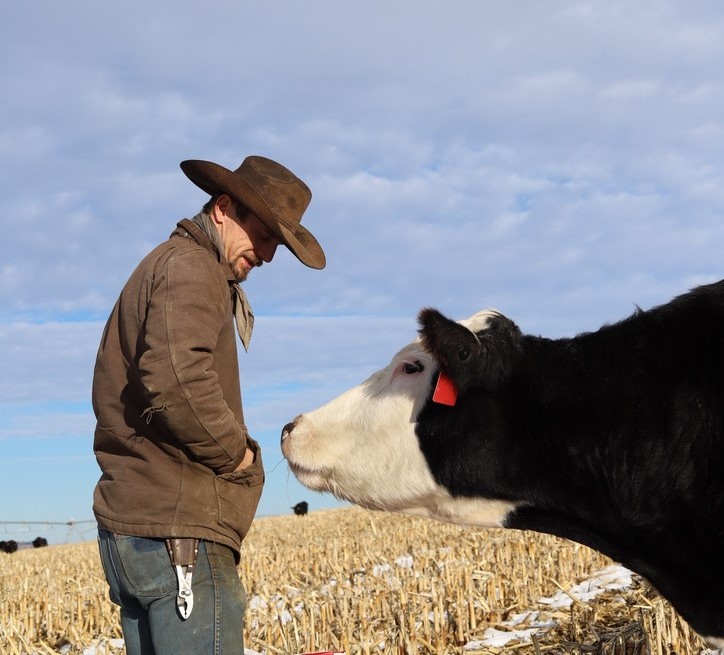
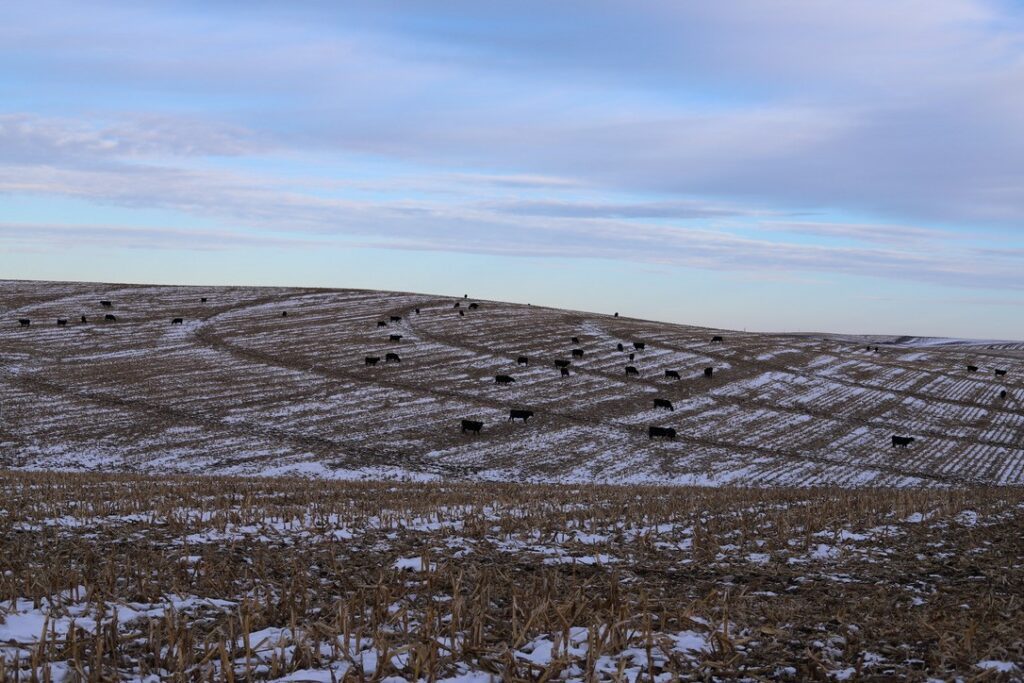
The Hard Work is Worthwhile
Winter “homesteading” brings its own set of challenges, but with the right care and attention, laying hens and cow-calf operations will thrive. Providing warmth, adequate nutrition and clean, dry living spaces will ensure that both the chickens and cattle remain healthy and productive throughout the season. While it’s a busy time, the rewards of winter on the farm, whether it’s fresh eggs or healthy calves, make all the hard work worthwhile.



